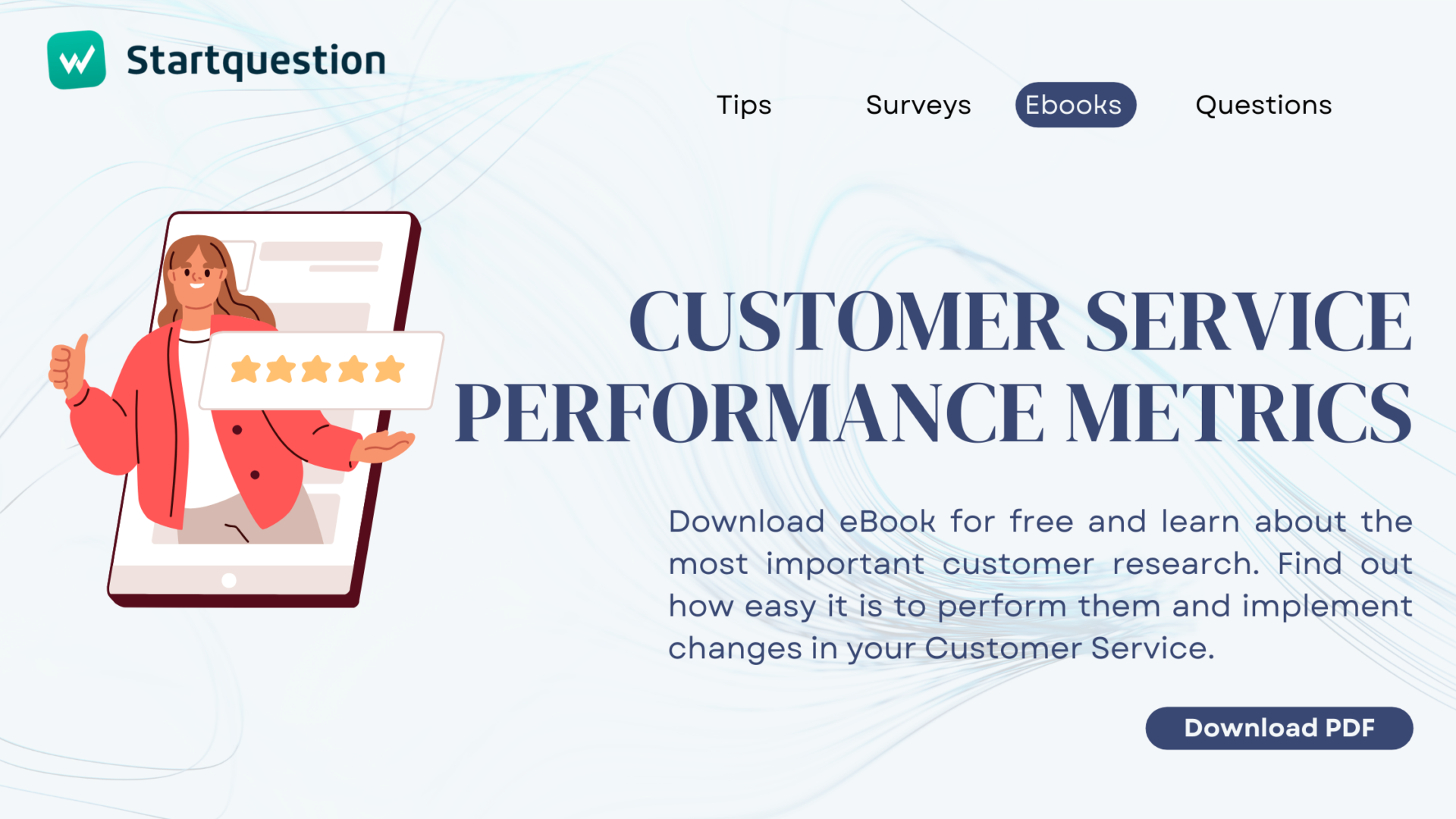If you have been into online surveys, you might have heard terms like completion rate and the response rate. But what is the relation between them, and how do they differ? The article explains it all!
Moreover, understanding the terms – completion rate and response rate – can help you increase the success of your survey’s sample rate and statistical accuracy.
What is Survey Completion Rate
So, what is the completion rate? By definition, it is the ratio between the participants who have entered the survey and those who have actually completed it. Then, we multiply it by a hundred to get the desired value. If you enter a survey and leave it in half, you are not raising the survey completion rate.
To understand it better, suppose you sent the survey invitation via email or you sent questionnaire via survey link to 100 people. From them, 80 people start it, and only 60 complete it. Hence, the completion rate would be:
People who completed the surveyPeople who entered it x 100 = 6080 x 100 = 75%
Factors that Affect Completion Rate
There could be many factors that affect the completion rate. Here we’ve three essential elements that could lead to a low survey completion rate.
- Ask the survey questions correctly and organize your questionnaire properly.
- Avoid lengthy surveys as people lose interest when they see long, boring questions/surveys. The typical length should be around ten questions, and each question shouldn’t exceed 2 lines. Remember: good survey is a short survey and clicking in our article you can find out how to create perfect, short online questionnaire.
- Select the right target audience. People only complete the survey when they find it relevant and according to their calibre.
Try one of the best survey tools for free!
Start free trial period without any credit card or subscription. Gather feedback easily via link, social media, email, and more, and achieve high completion rate.
No credit card required · Cancel any time · GDRP Compilant
Response Rate
However, the response rate is similar to the completion rate, but there’s a slight difference. Let’s clear it out by its definition.
The response rate is the ratio between people invited to participate in the survey and those who completed it. It depends on actual survey responses and is essential in making survey data.
Retaking the previous example:
People who completed surveyPeople who were invited x 100 = 60100 x 100 = 60%
Factors that Affect Response Rate
Even with the slight difference, the response rate has different factors that affect the survey responses, which include:
- Always double-check your survey sample. If you’re getting low response rates, chances are you’ve picked the wrong sample. Also, make sure you have chosen the right people for your questionnaire, as people may not enter your survey if they find it irrelevant. So, always follow an audience-oriented approach.
- Ensure it is presented well. Is your invite interface good enough to catch the viewer’s attention? Try working on the graphics and CTAs (call to action).
- Avoid picking sensitive topics, as some people will not even respond if it is against their religious practices, beliefs, or something personal.
In separate articles we are sharing our trick about how to achieve high response rate in email surveys and how to collect a lot survey responses without having a respondent database – in survey via link.
Use ready-made survey templates for your research
Key Difference between Survey Completion Rate and Survey Response Rate
People often confuse completion rates and response rates terms, as they both have the number of people who completed in the numerator. But, the completion rate gives you the percentage of how many people complete after starting the survey. Instead, the response rate gives you the percentage of how many completed after viewing it.
If you want to use an efficient tool to upscale your surveys – either completion rates or response rates, Startquestion is one of the best options in the market. Due to its advanced algorithms, it provides a seamless interpretation of data and accurate results at the same time.
You can create online surveys for free during our trial period and check all possibilities of our online survey tool. So grab your hands on it now and we wish you good luck with all your research!




